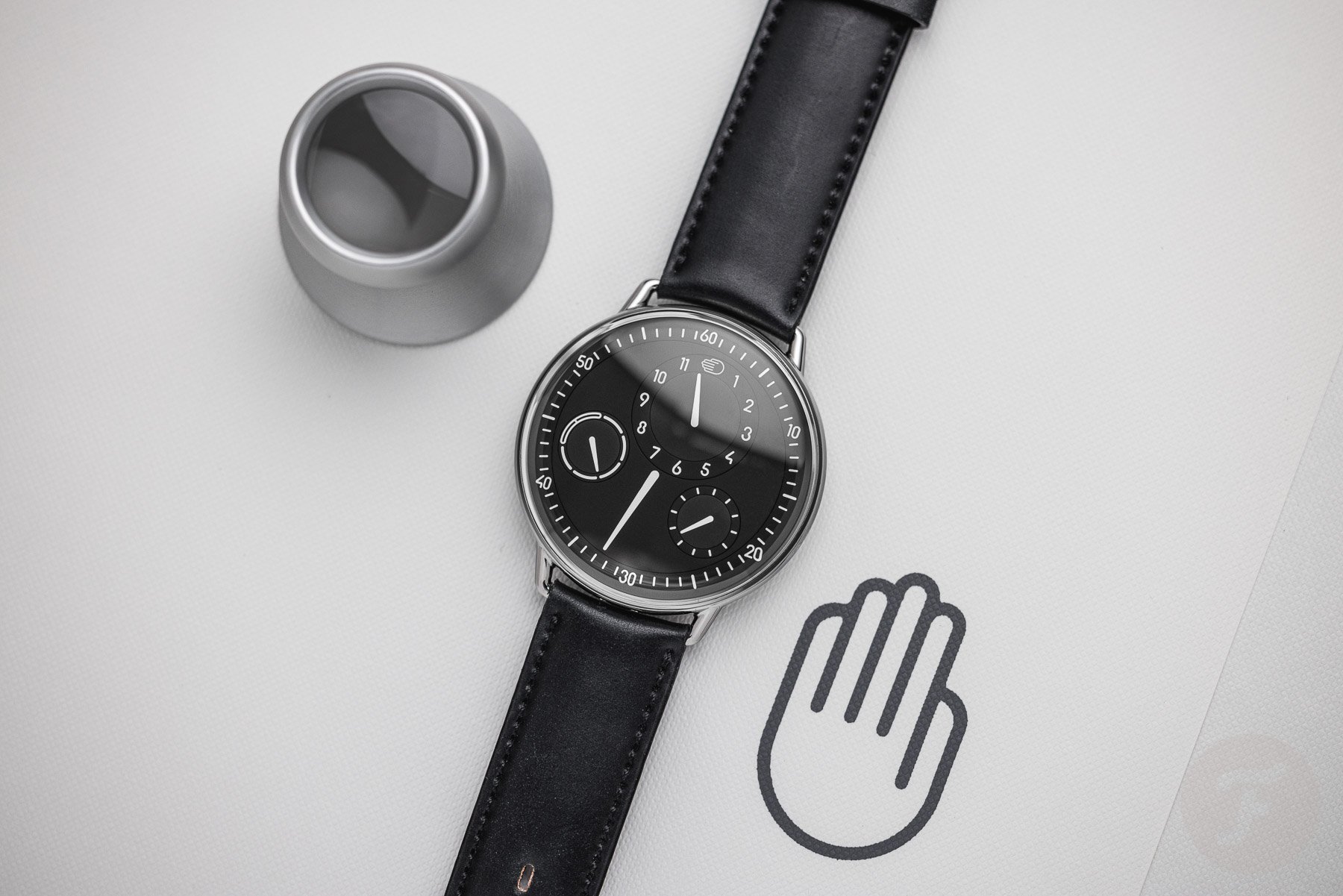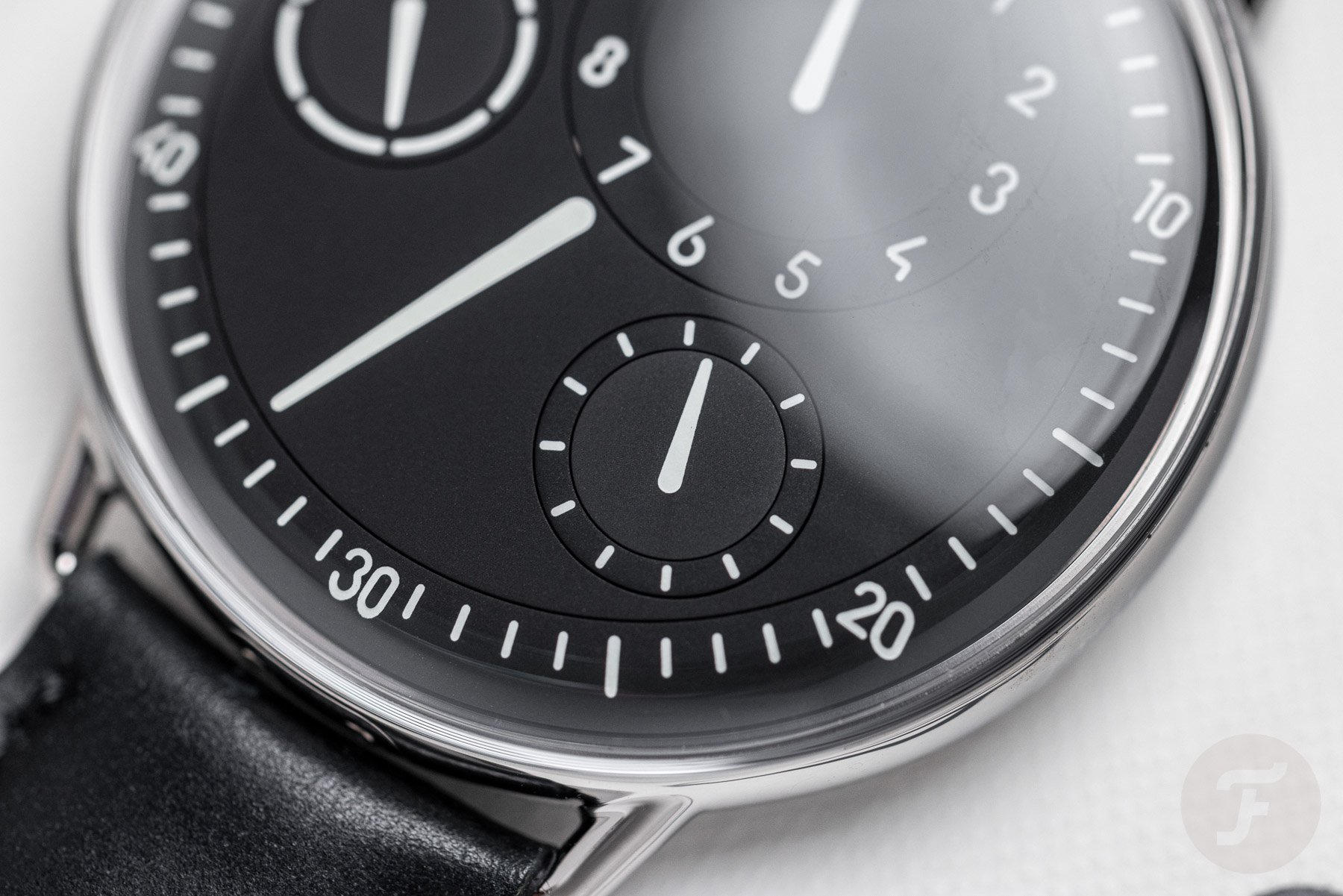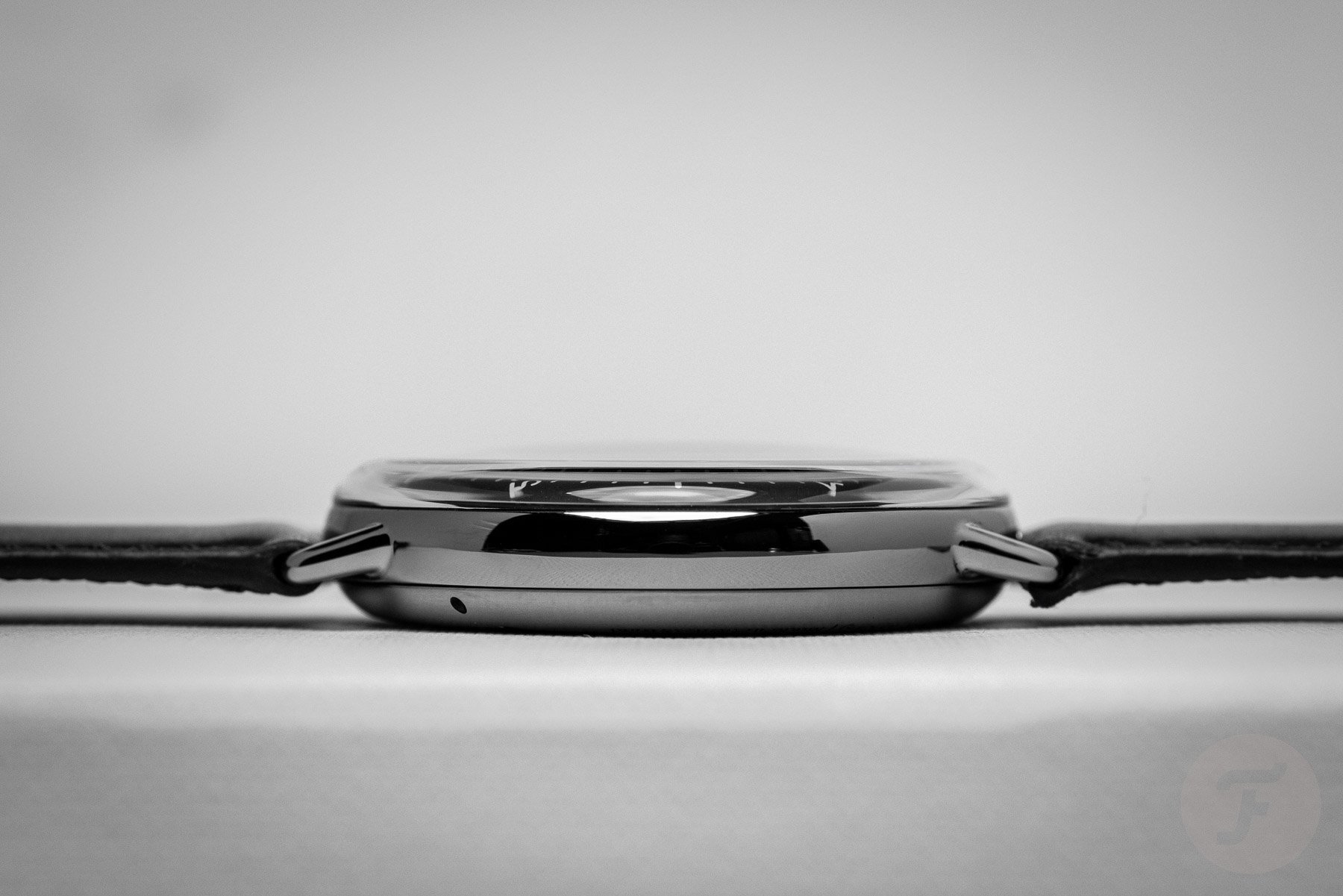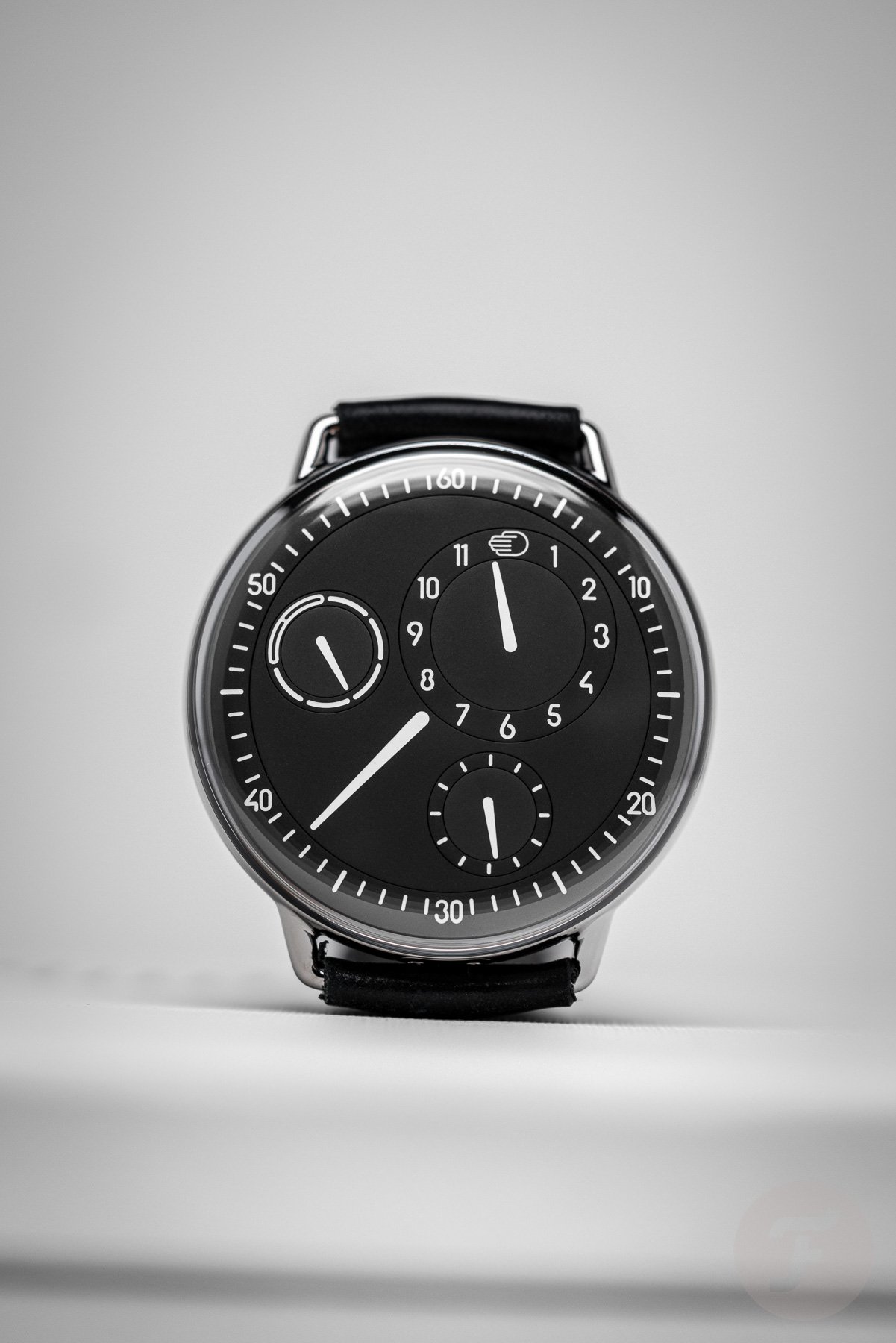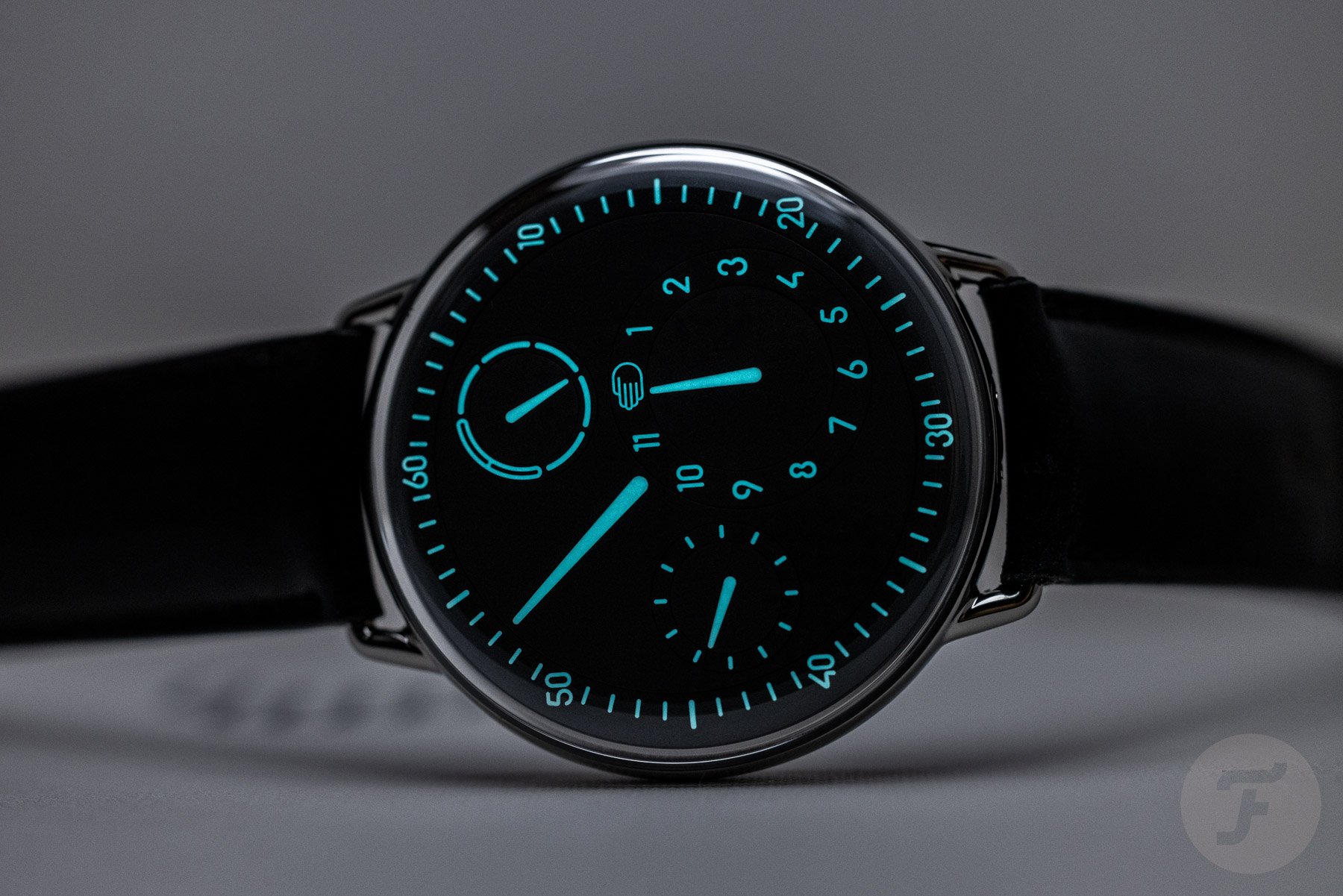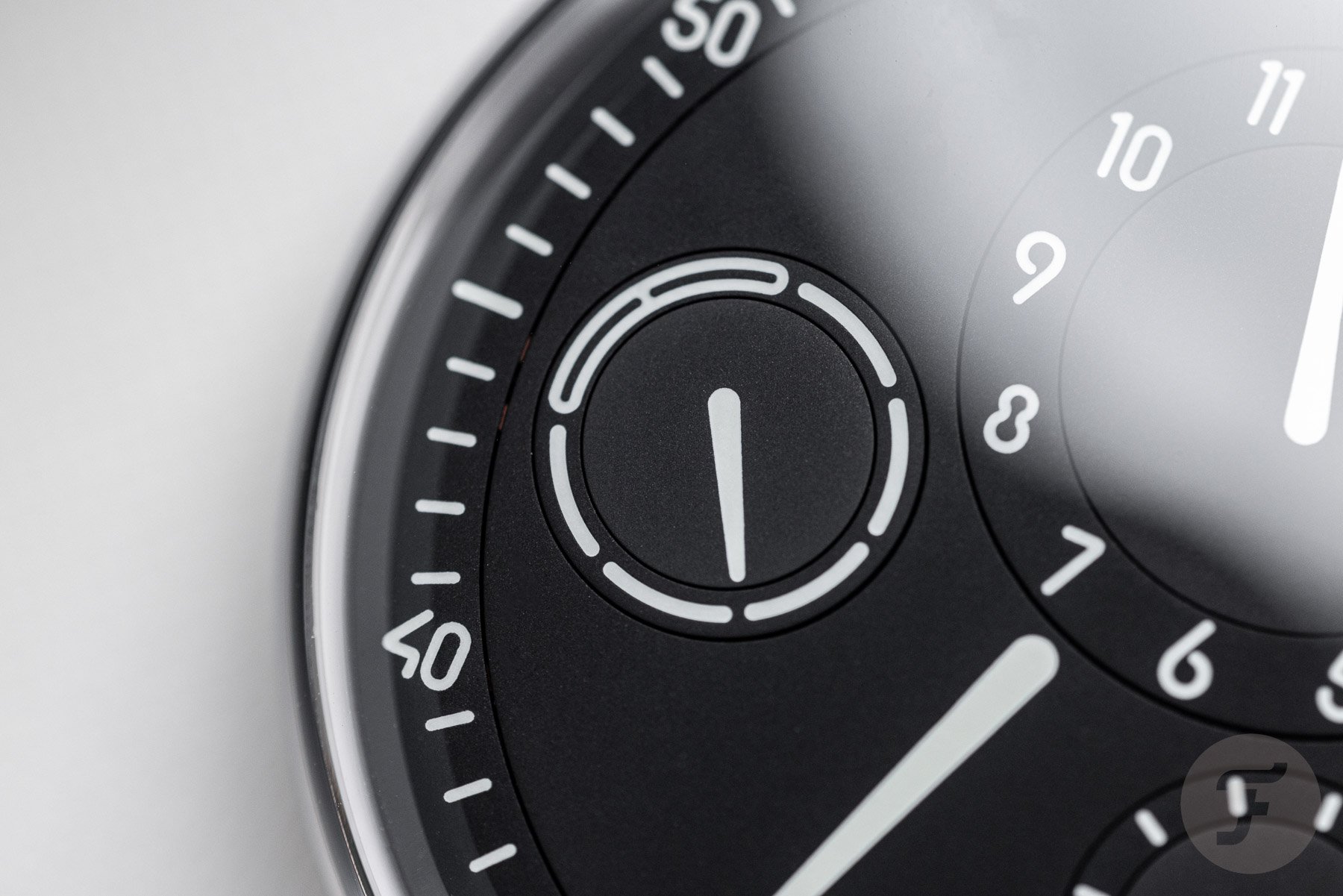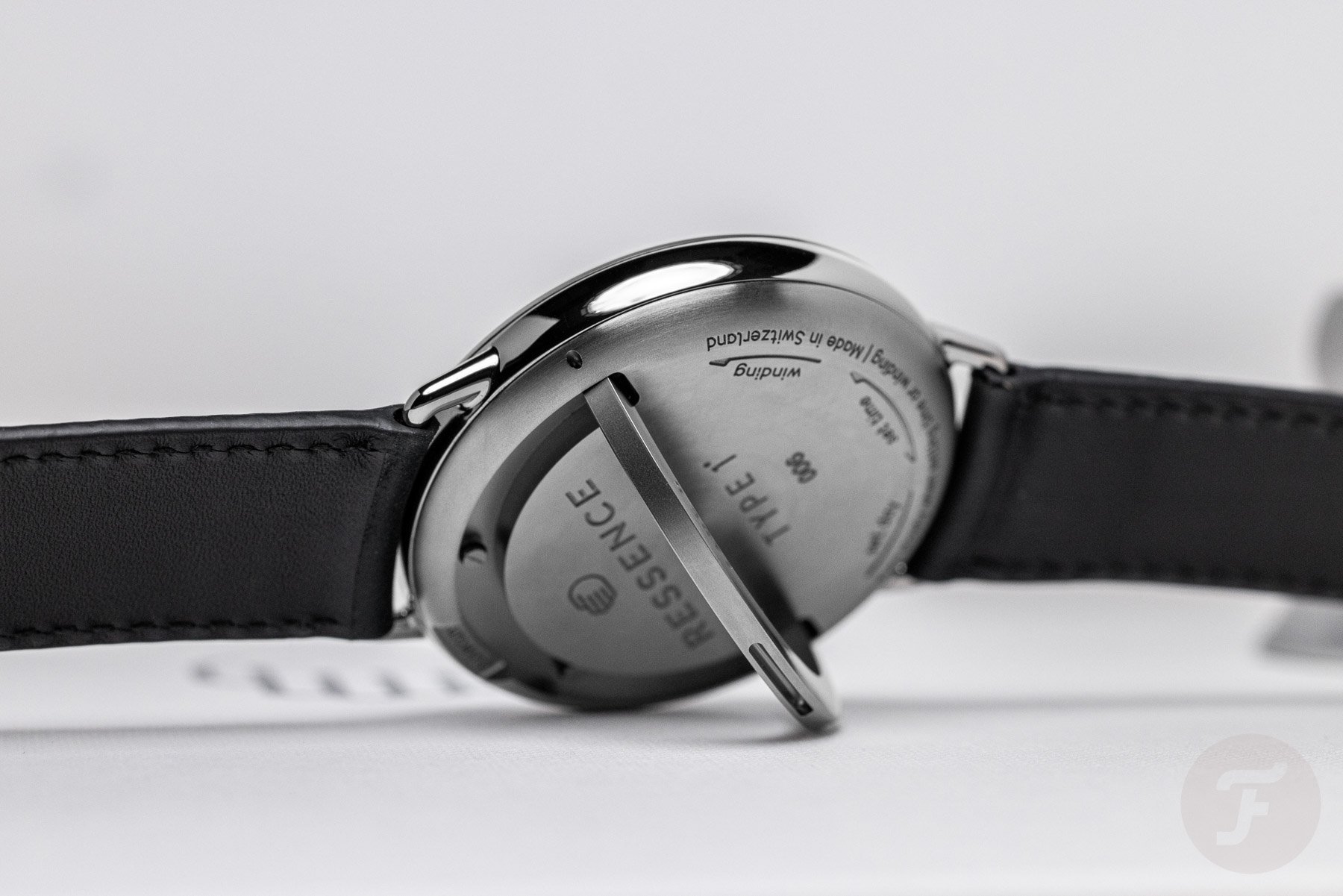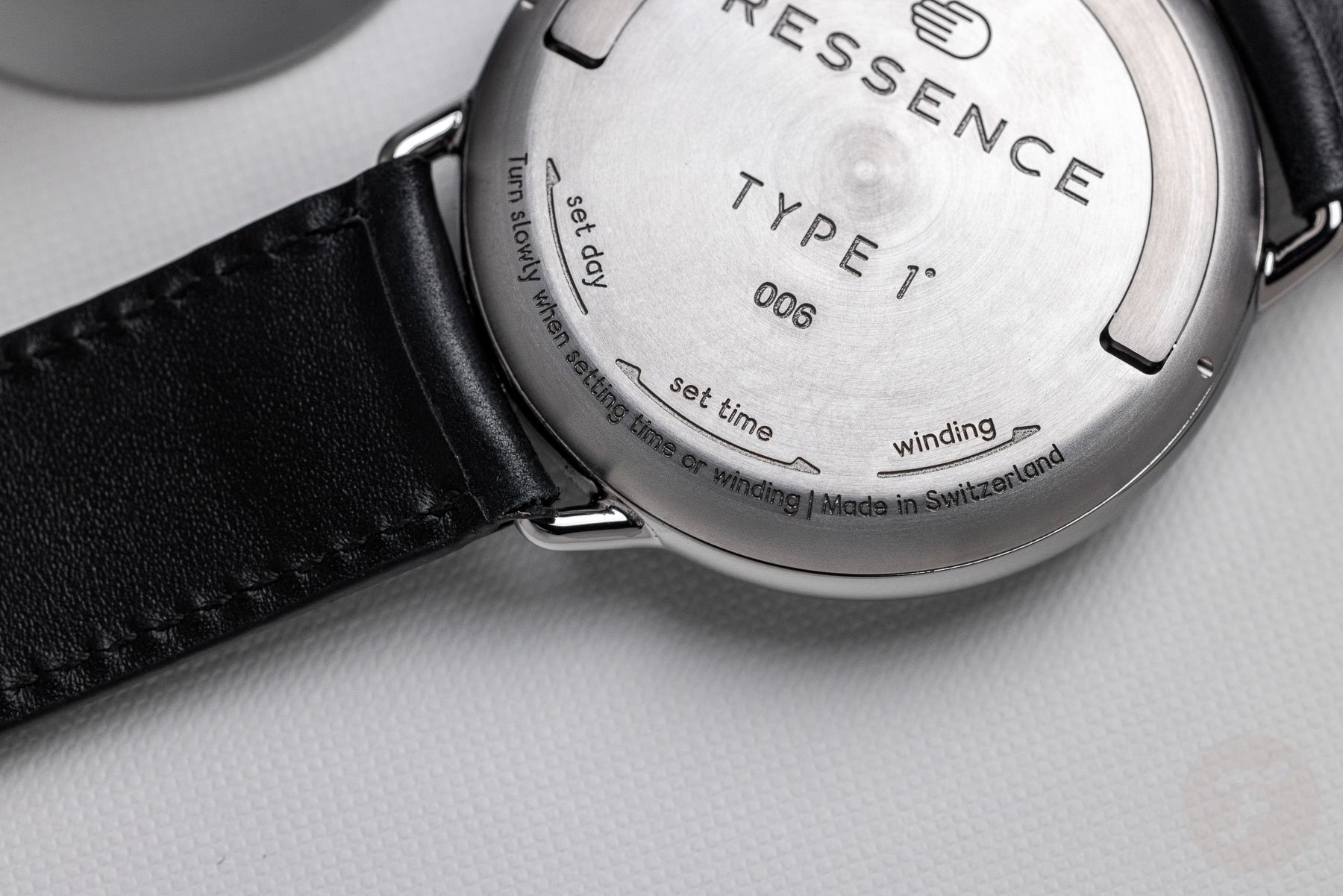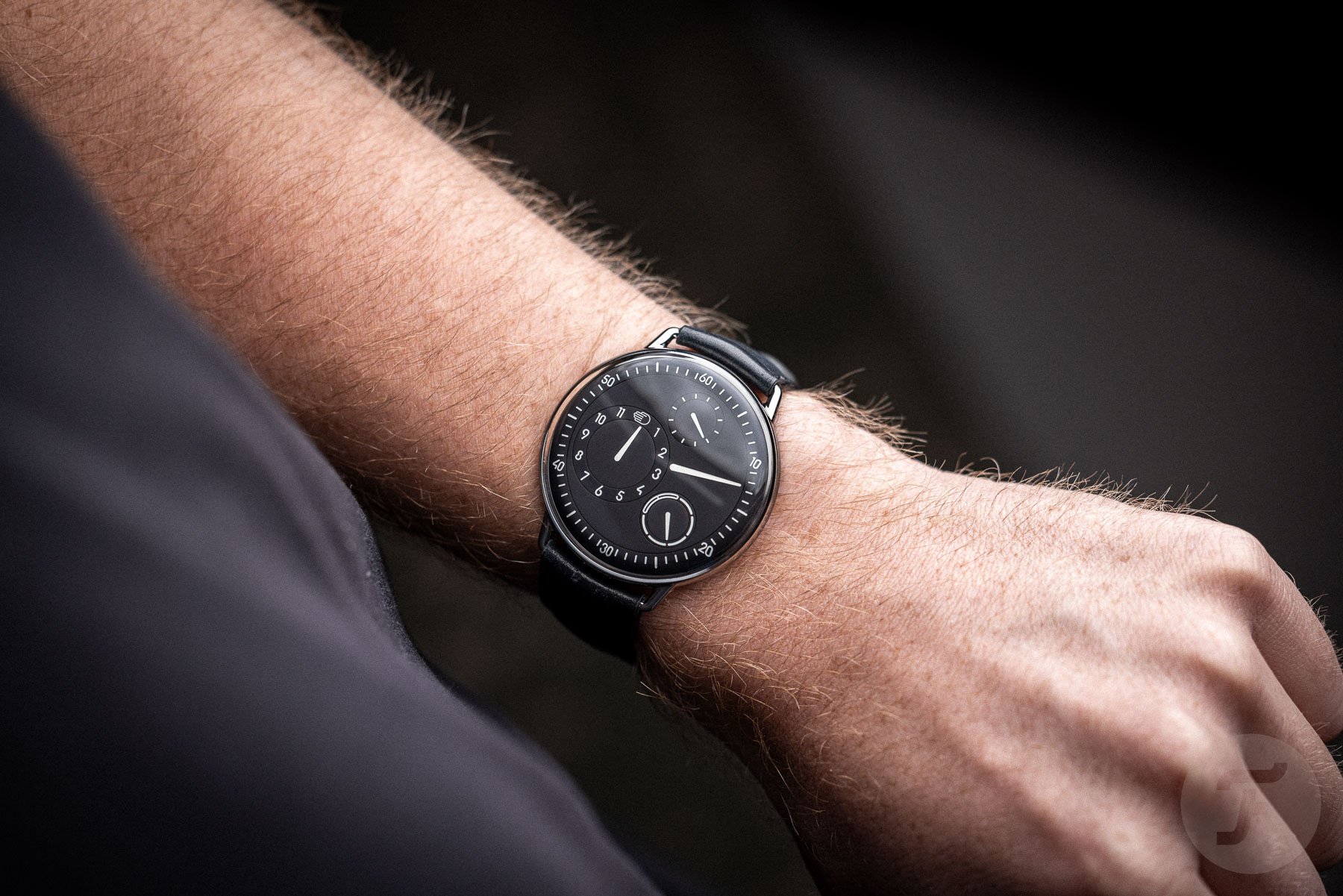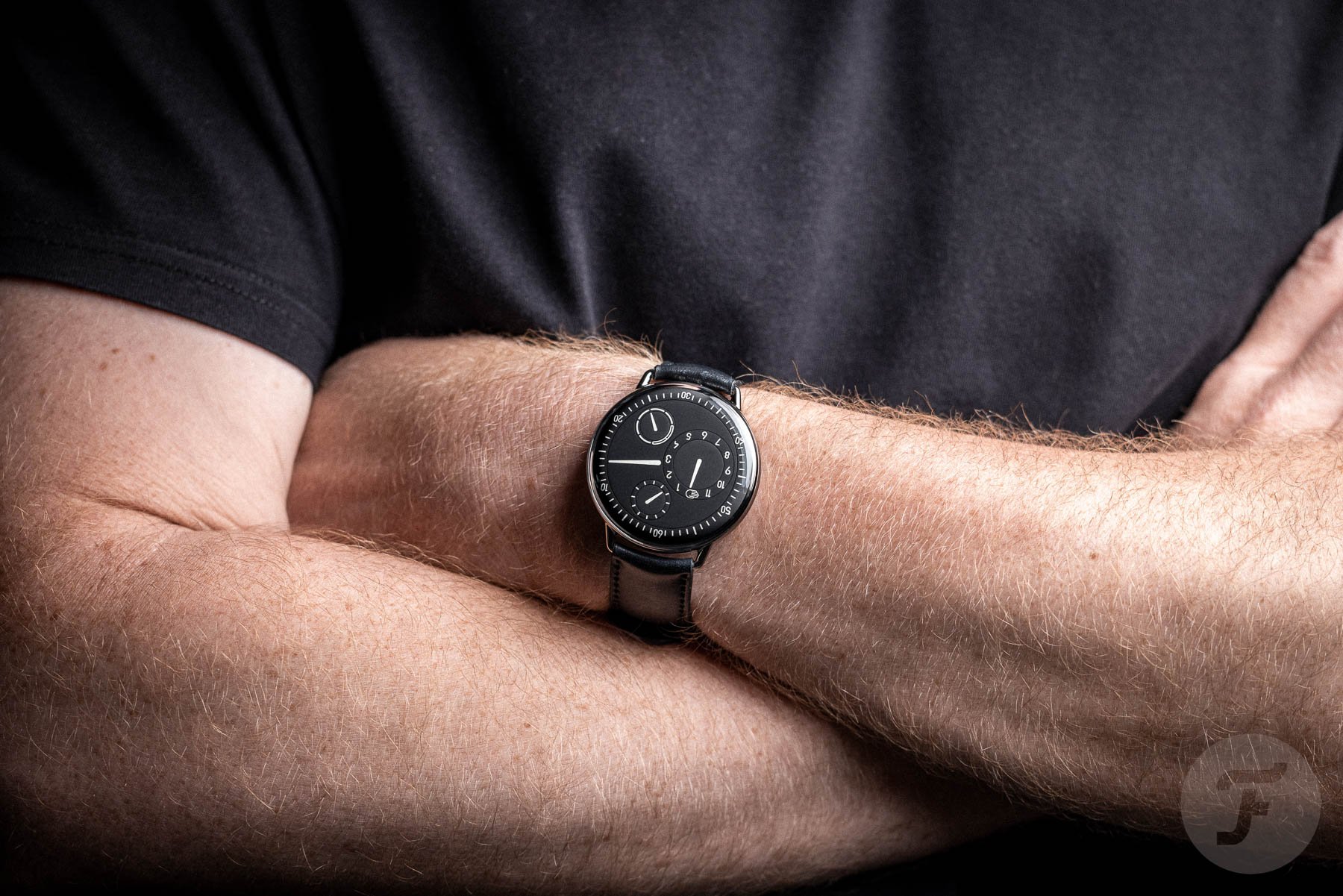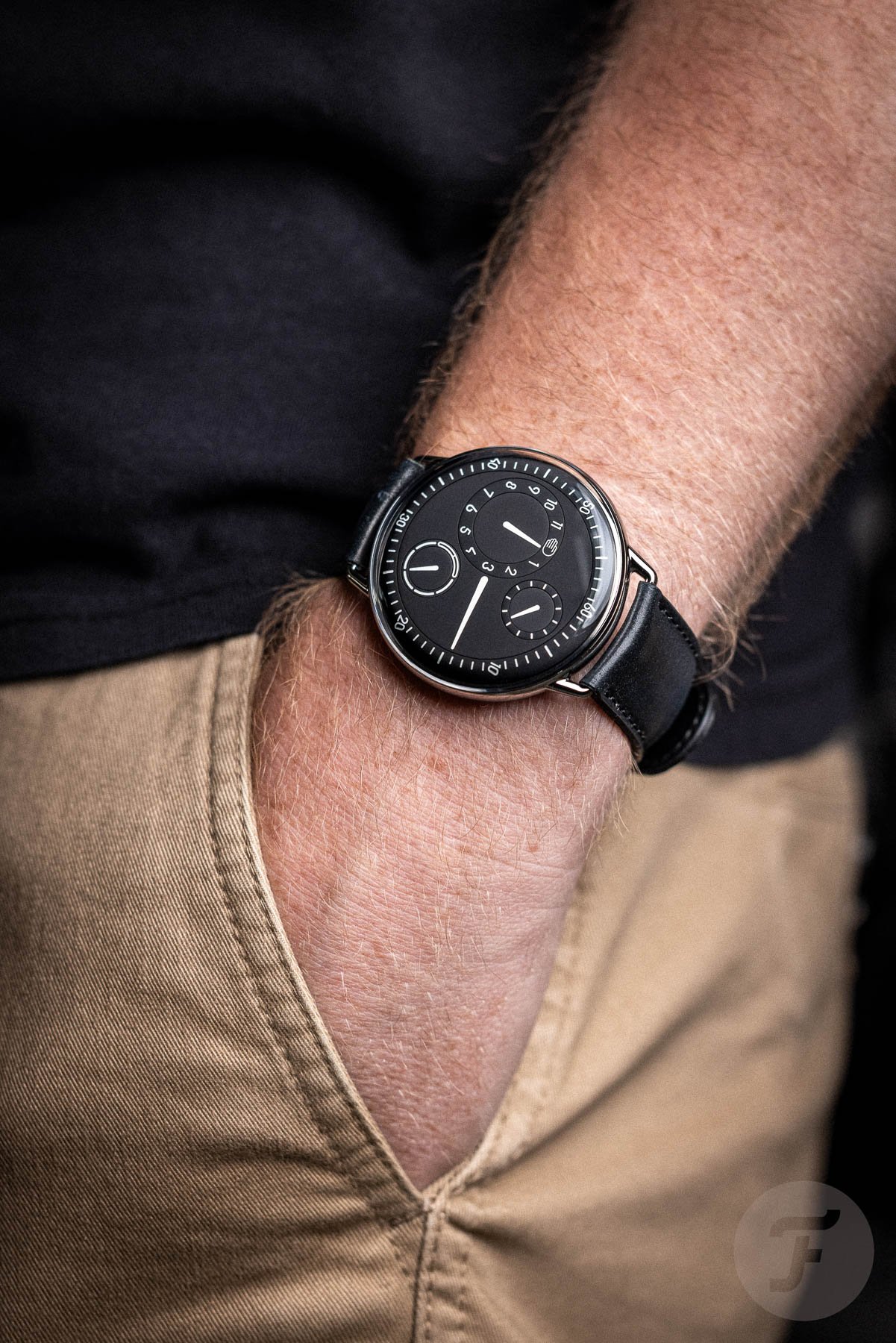Hands-On With The Ressence Type 1° Round In Titanium
As people who write about watches, we at Fratello are lucky to have the chance to handle many of them. Sometimes we don’t have a special bond with a watch, while others make us wish it was ours from the moment we put it on. For me, Ressence watches come very close to the latter category. I find the brand’s way of displaying the time quite fascinating. It’s different from what we usually see on most watches, yet it’s a very intuitive way of presenting what time it is. I finally got to spend more time with the Ressence Type 1° Round, so let’s see what it’s like to wear a watch like this for a little longer than just a quick try.
In between all the vintage-inspired watches we see hitting the market these days, Ressence has a more modern feel. Moreover, its design language is certainly one of the most original. It’s funny because I’m often attracted to the more classically styled watches. However, Ressence’s watches truly strike a chord with me, just as the late George Cramer had a thing for both Cartier and Ressence too. But there’s a big difference between casually seeing a watch at a get-together and feeling charmed by it versus wearing it for a more extended period and “living with” it. So here goes my hands-on experience with the Ressence Type 1° Round.
Cutting off hands
I’ll start with a little more about the brand first. Its logo, the hand you see on the hour dial, is also the official symbol of the Belgian city of Antwerp. The story goes that it became the city’s symbol because of a mythical Roman soldier named Silvius Brabo. He cut off the hand (in Dutch: hand) of the giant Druon Antigoon and threw (werpen) it into the river Scheldt. Druon would usually do the same to people who wouldn’t pay the tax he tried to collect at a bridge over the river. Some people even say that’s where Antwerp (in Dutch: Antwerpen) got its name from — hand-werpen, the literal translation of throwing hands.
Antwerp is also the city that Benoît Mintiens is from and where he founded Ressence. What I find striking, though, is that in his designs, just like the main characters in the story above, he also cut the hands off. Luckily, this time we’re talking about hands on a dial instead of actual human hands. As you’re probably aware, Ressence watches tell the time with multiple dials that all revolve around each other rather than through traditional hands. All right, that’s enough background. Let’s turn our attention back to the watch at…hand.
The Ressence Type 1° Round
The Ressence Type 1 is available in two shapes. There’s this round version with the circular degree symbol next to the numeral, and there’s a square version with the “to the power of 2” or “squared” symbol next to it. Today, I have the pleasure of wearing the round version It has a minimalistic, pebble-style case with a double-domed sapphire crystal on top that’s treated with an antireflective coating on the underside. The whole thing reminds me a little of my Oris Art Blakey, which has a similar case style. The wire-like lugs on the Type 1° Round, however, give it a very different character. Interestingly, I’d say it looks more modern, despite wire lugs tracing back to the earliest wristwatches. I like how the lugs are a little thicker as they come out of the case and slim down as they extend to where they attach to the strap.
That dial is something else
Obviously, the other thing that sets this watch apart from the Art Blakey and many others is the dial. I love how different it looks, and it’s still very easy to read the time. I remember seeing a Ressence for the first time, and I had to look twice to see what was happening. Now that I’ve had the watch on my wrist for a little longer, I can say that you can indeed get used to this type of dial. But it sure takes some time, especially when you’re used to more conventional dials with an “old-school” set of hands.
My review unit is a more toned-down black-and-white version, which does look quite good in the dark. That doesn’t mean that Ressence doesn’t dare to use color, though. Look, for example, at the colorful accents on the Type 3 and that beautiful sage-green version of the Type 8.
Alongside the more common hours, minutes, and running seconds, there’s also a day indicator on the Type 1° Round. This nifty little dial is quite subtle and clever. The two bolder, connected segments tell you it’s Saturday or Sunday, and you can even see whether it’s AM or PM. For example, in the pictures featured in this article, it’s just a little before midnight on Wednesday night. I imagine that could come in handy if you’re an avid traveler. Or it might be useful when you’re on vacation and lose your sense of time. Oh, and don’t you worry, there’s a way to quick-set that day.
A lever instead of a crown
That’s one of the features of the lever on the back of the Type 1° Round. Honestly, at first, I didn’t even notice that the watch had no crown. It’s neat because, that way, you can wear it on either your left or right wrist without having to worry about the crown being on the “wrong” side. And indeed, the crown has moved to the back of the watch, where it takes the form of a lever. This is totally fine by me since I never actually use the crown when a watch is strapped to my wrist. But, once again, the lever is something you have to get used to.
The first time you fold it out and turn it, you might be almost afraid of unscrewing the complete backside of the watch. Don’t worry, though, because that won’t happen. Turning it counter-clockwise (depending on whether you’re looking at the dial or the case back) will wind the heavily modified ETA 2892 automatic movement inside. At the same time, it lets you set the time. Turning it the other way allows you to set the day and also set the time. It’s nice to have such a big “tool” on the back of the watch instead of the tiny crowns you find on most other watches.
When the size is right
The Type 1° Round’s case is made of Grade 5 titanium and is 42.7mm wide and 11mm thick. I can’t skirt around the fact that it’s pretty big for a bezel-less watch. It doesn’t wear badly on my 17cm wrist because it measures around 47mm from lug to lug. But still, I feel the watch looks a bit big on my wrist. Unfortunately, Benoît hasn’t found a way to make his watches smaller than 42mm yet. When I met him at Watches and Wonders this year, he told me that he and his team are working on it. But it will require quite some effort to make a Ressence Orbital Convex System (ROCS) that small.
A watch with a near-perfect user experience
In conclusion, I thoroughly enjoyed my time with the Ressence Type 1° Round. I come from a career in user experience (UX) research, and I feel the Type 1° Round is the watch that could be the result of this type of study. The dial is more intuitive to read, especially for the hours, because there’s no big space between the pointers and what they indicate. And the lever on the back offers a more hands-on experience than the more conventional crowns you find on the sides of most other watches. The only thing I’d suggest is to make it just a tad smaller, but Ressence is already working on that.
One other thing that’s holding me back here is the price. The brand’s most affordable watch is the Type 8, which starts at CHF 12,500 before taxes. That’s not exactly affordable, and I’m not saying it should be. However, it’s an amount of money that I must think hard about spending on something. That doesn’t mean I will never get a Ressence watch, though. I just need some more time to justify it, I guess. The Type 1° Round is priced at CHF 16,800, and you can find more information about it on the official Ressence website.
What do you think of the Ressence Type 1° Round and the brand in general? Let me know in the comments below.

